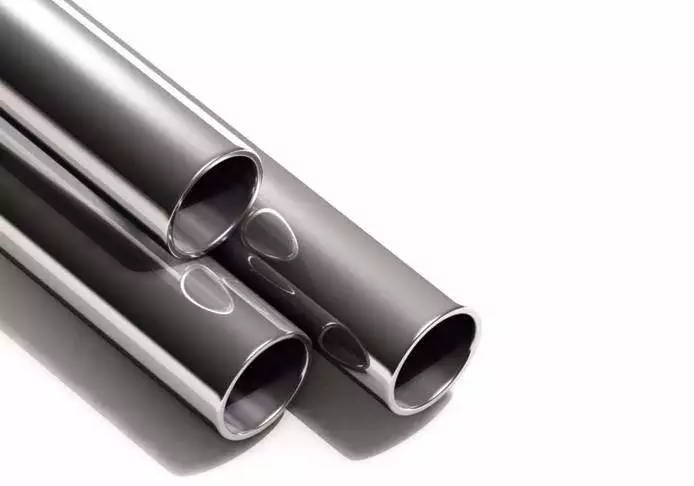Introduction to Carbon Steel Pipes
Carbon steel pipes are manufactured by perforating the steel ingots or solid pipe blanks into tubular billets, and then processing them by hot rolling, cold rolling or cold drawing. Carbon steel pipes play an important role in China's steel industry. According to incomplete statistics, China has about 240 existing carbon steel pipe manufacturers, about 250 sets of carbon steel pipe making machines and an annual output of about 4.5 million tons. From their types, there are 1.9 million tons of carbon steel pipes of general use, accounting for 54%; 760 thousand tons of petroleum pipes, accounting for 5.7%; 150 thousand tons of hydraulic prop pipes and precision pipes, accounting for 4.3%; 50 thousand tons of stainless pipes and bearing pipes accounting for 1.4%.
The raw materials of carbon steel pipes are round billets. The round billets have to be cut through the cutting machines into the blanks of the length about 1 meter, and then to be sent to the furnaces by the conveyor belts for being heated. The temperature in the furnaces is about 1200 °C. The fuel is hydrogen or acetylene. The control of the temperature inside the furnace is a critical problem. After being out of the furnaces, the round billets have to be punched holes on by the press piercing mills. The common used piercing mill is the cone type piercing mill which has high production efficiency and can produce products of high quality as well as expanding diameter. It can also punch holes on a variety of steels. After being punched holes, the round billets have to be processed by skew rolling, continuous rolling and extruding. They have to be detached and sized after extrusion. The sizing mills form the steel pipes by punching holes through rotating the conical drills at high speed into the steel blanks. The inner diameter of the steel pipes is determined by the outer diameter length of the drills. After sizing, passing the steel pipes into the cooling towers to cool them through spraying water and they will be straightened after cooling. The straightened steel pipes will be fed into the metal defectoscope by conveyor belts to be detected whether they have any inner damages. Inner defects of steel pipes such as cracks and blowholes can be detected. After the quality inspection, the steel pipes also have to go through rigorous selection by people and then to be sprayed with the number, specifications, batch number by paintings. Finally, they will be lifted by the cranes to the warehouses.

The raw materials of carbon steel pipes are round billets. The round billets have to be cut through the cutting machines into the blanks of the length about 1 meter, and then to be sent to the furnaces by the conveyor belts for being heated. The temperature in the furnaces is about 1200 °C. The fuel is hydrogen or acetylene. The control of the temperature inside the furnace is a critical problem. After being out of the furnaces, the round billets have to be punched holes on by the press piercing mills. The common used piercing mill is the cone type piercing mill which has high production efficiency and can produce products of high quality as well as expanding diameter. It can also punch holes on a variety of steels. After being punched holes, the round billets have to be processed by skew rolling, continuous rolling and extruding. They have to be detached and sized after extrusion. The sizing mills form the steel pipes by punching holes through rotating the conical drills at high speed into the steel blanks. The inner diameter of the steel pipes is determined by the outer diameter length of the drills. After sizing, passing the steel pipes into the cooling towers to cool them through spraying water and they will be straightened after cooling. The straightened steel pipes will be fed into the metal defectoscope by conveyor belts to be detected whether they have any inner damages. Inner defects of steel pipes such as cracks and blowholes can be detected. After the quality inspection, the steel pipes also have to go through rigorous selection by people and then to be sprayed with the number, specifications, batch number by paintings. Finally, they will be lifted by the cranes to the warehouses.


